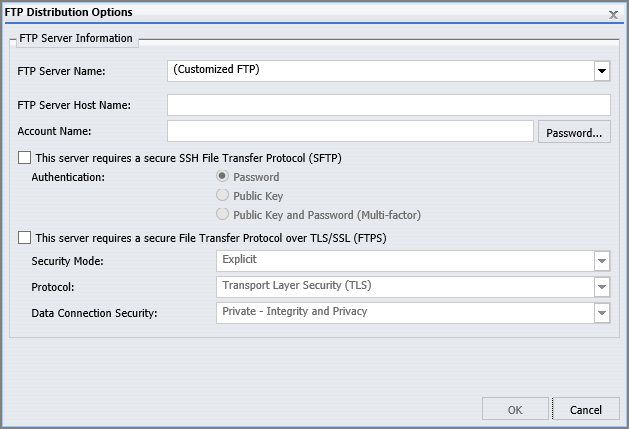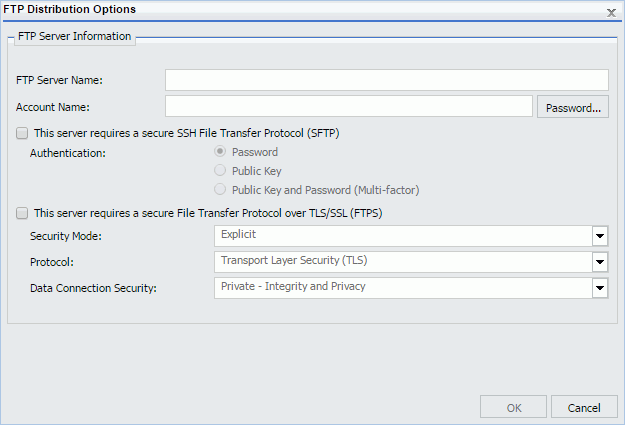Publishing Schedules
A published schedule is visible to all users with access to the folder in which it resides. The shortcut menu options that appear on the schedule depend upon the privileges of the user that is signed in. For example, a user with the Run privilege is able to run the published schedule. When a published schedule runs, it runs as the creator of the schedule and not as the signed in user that initiated the run.


